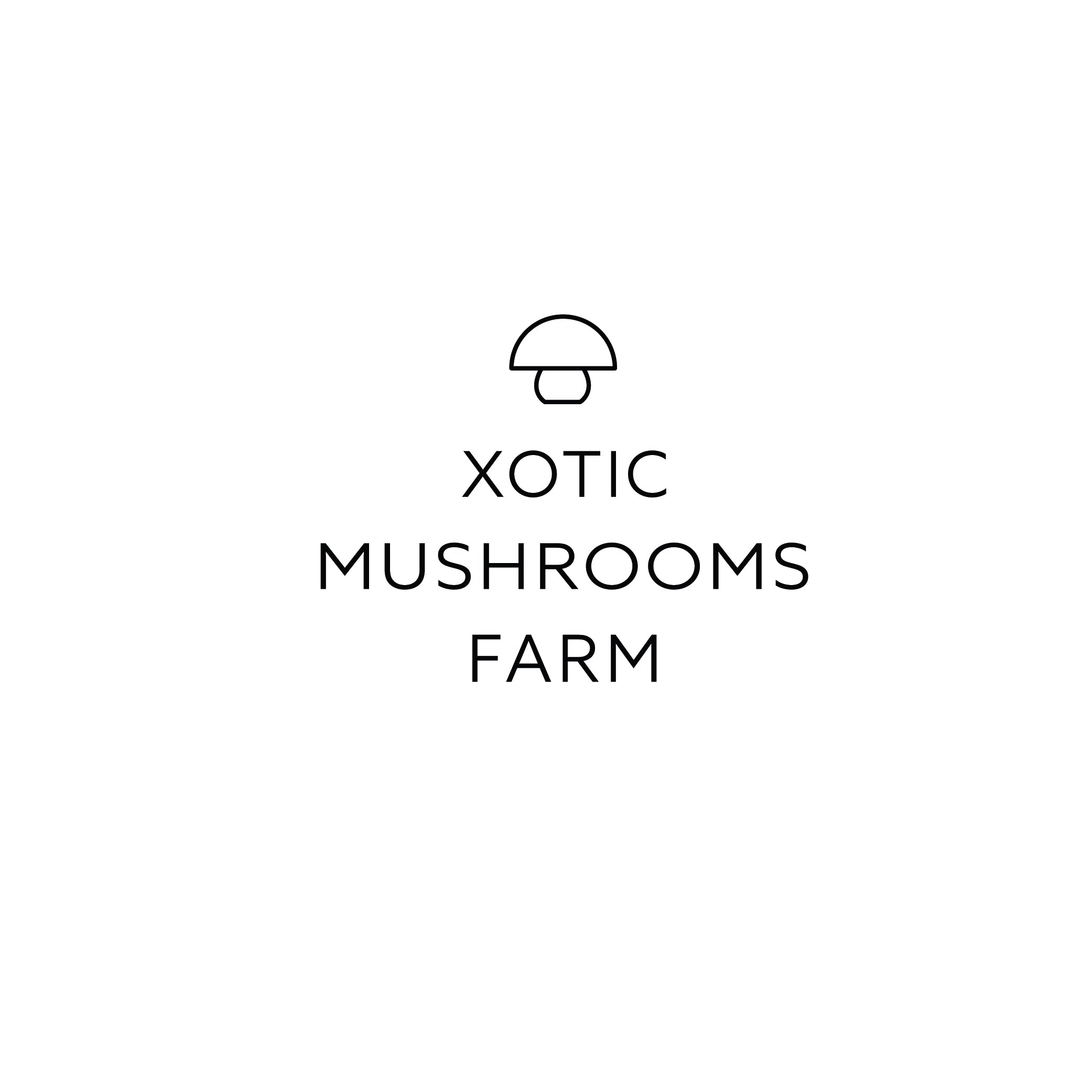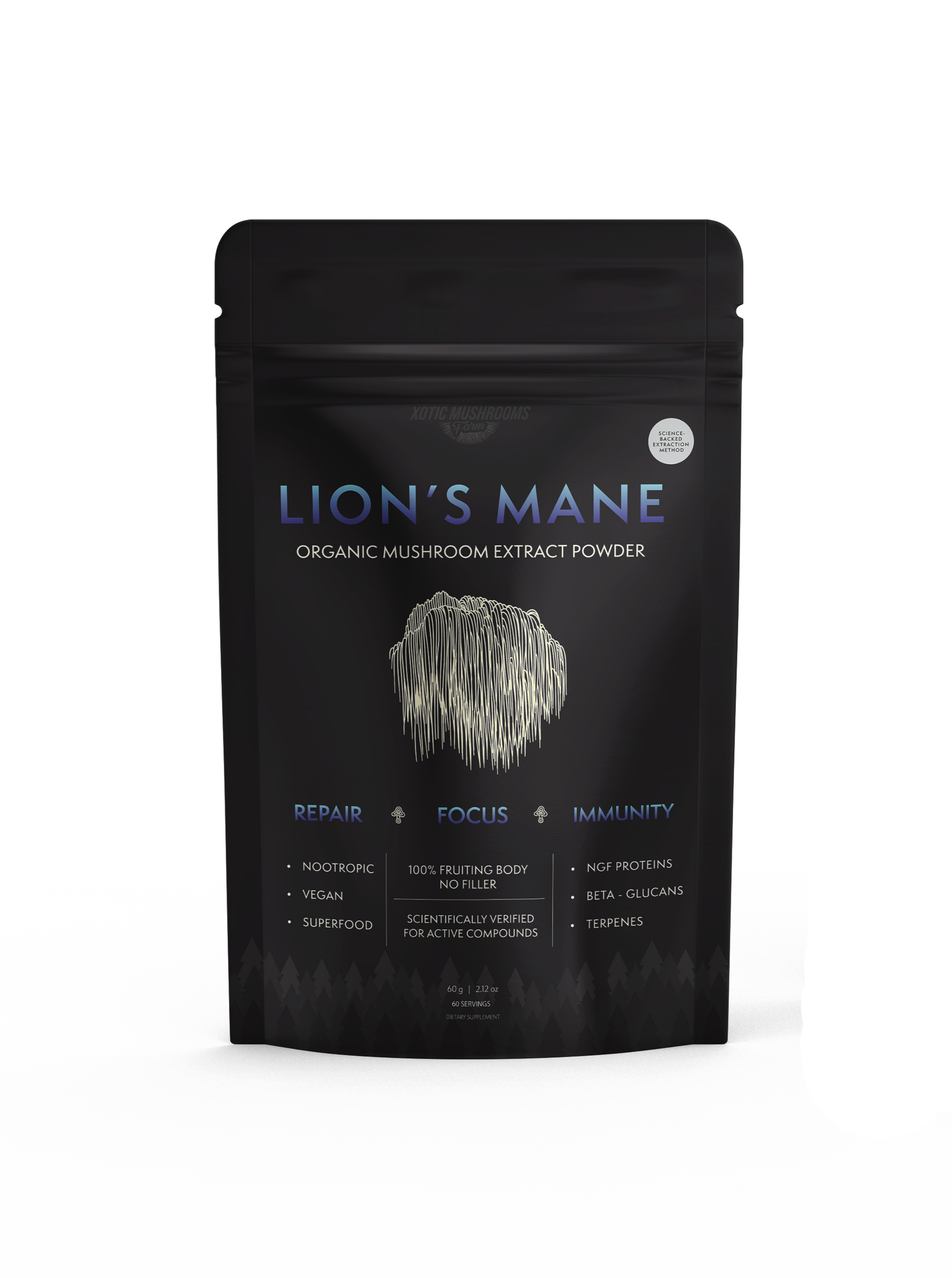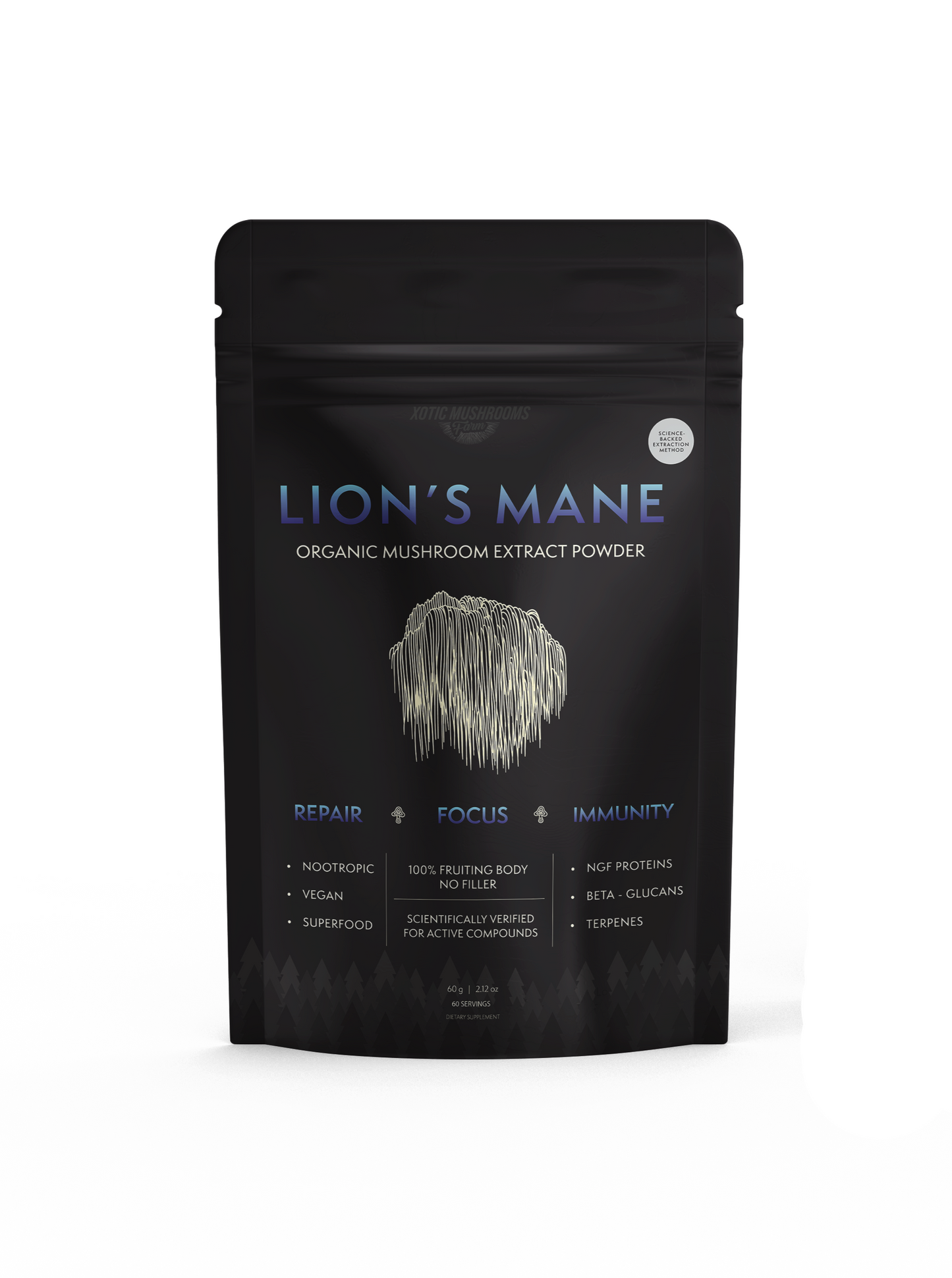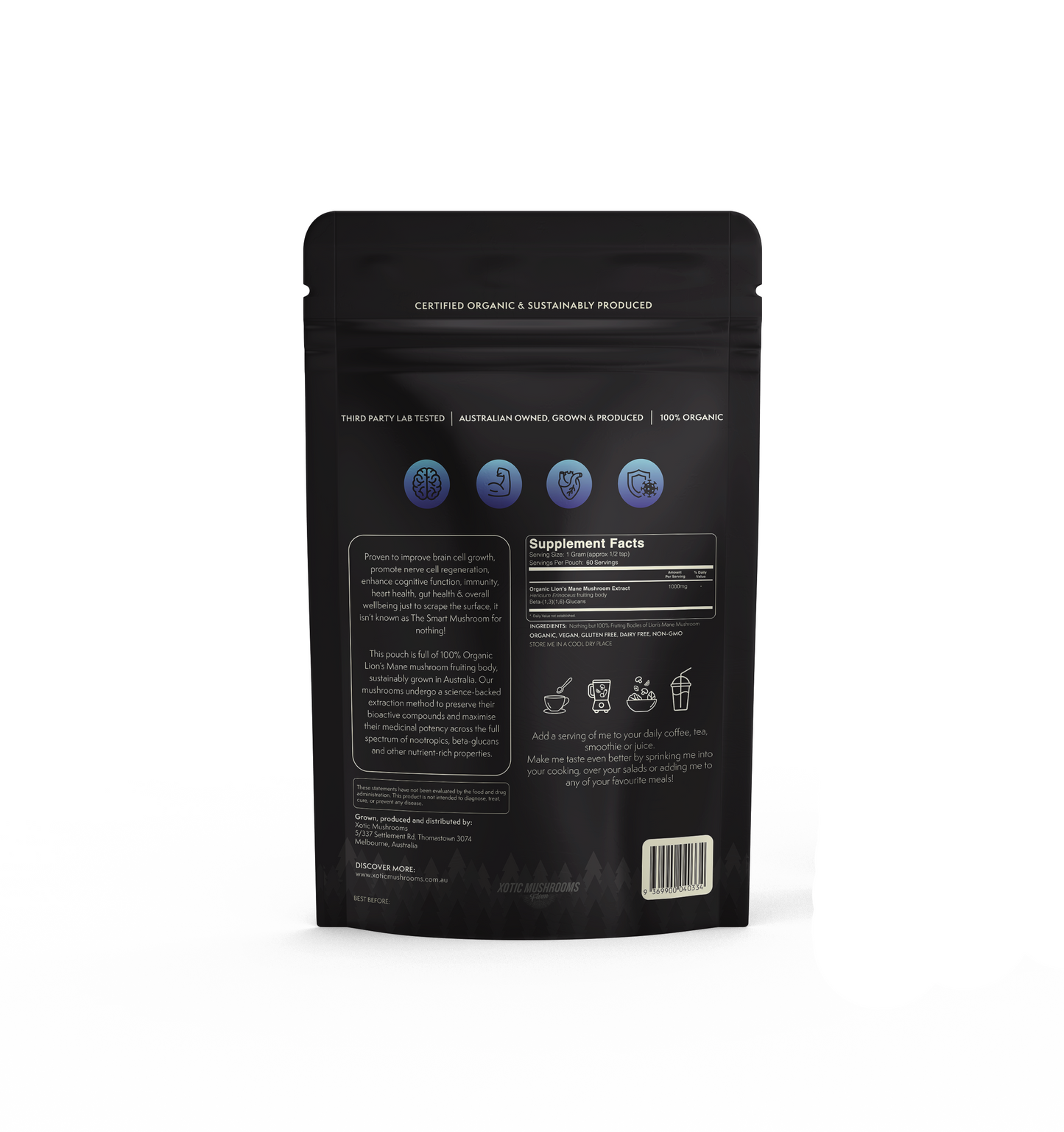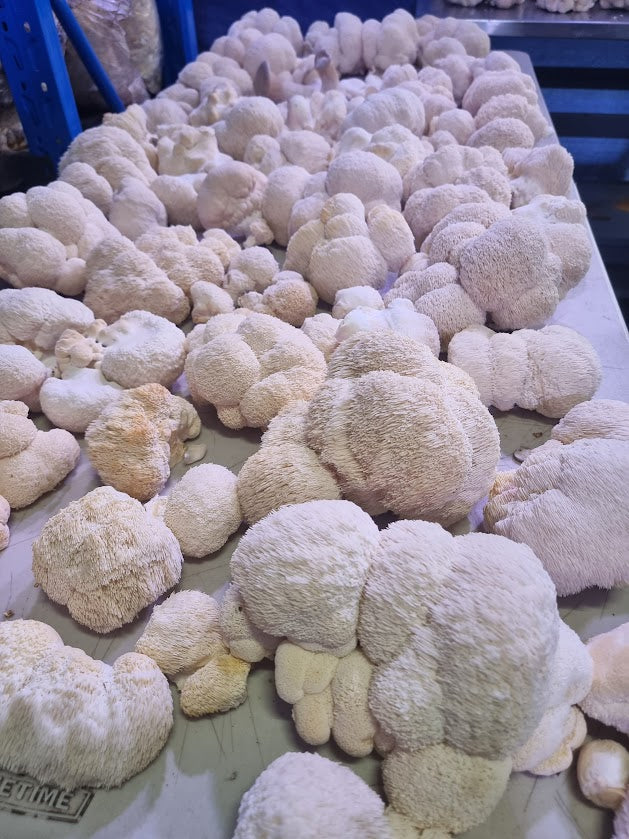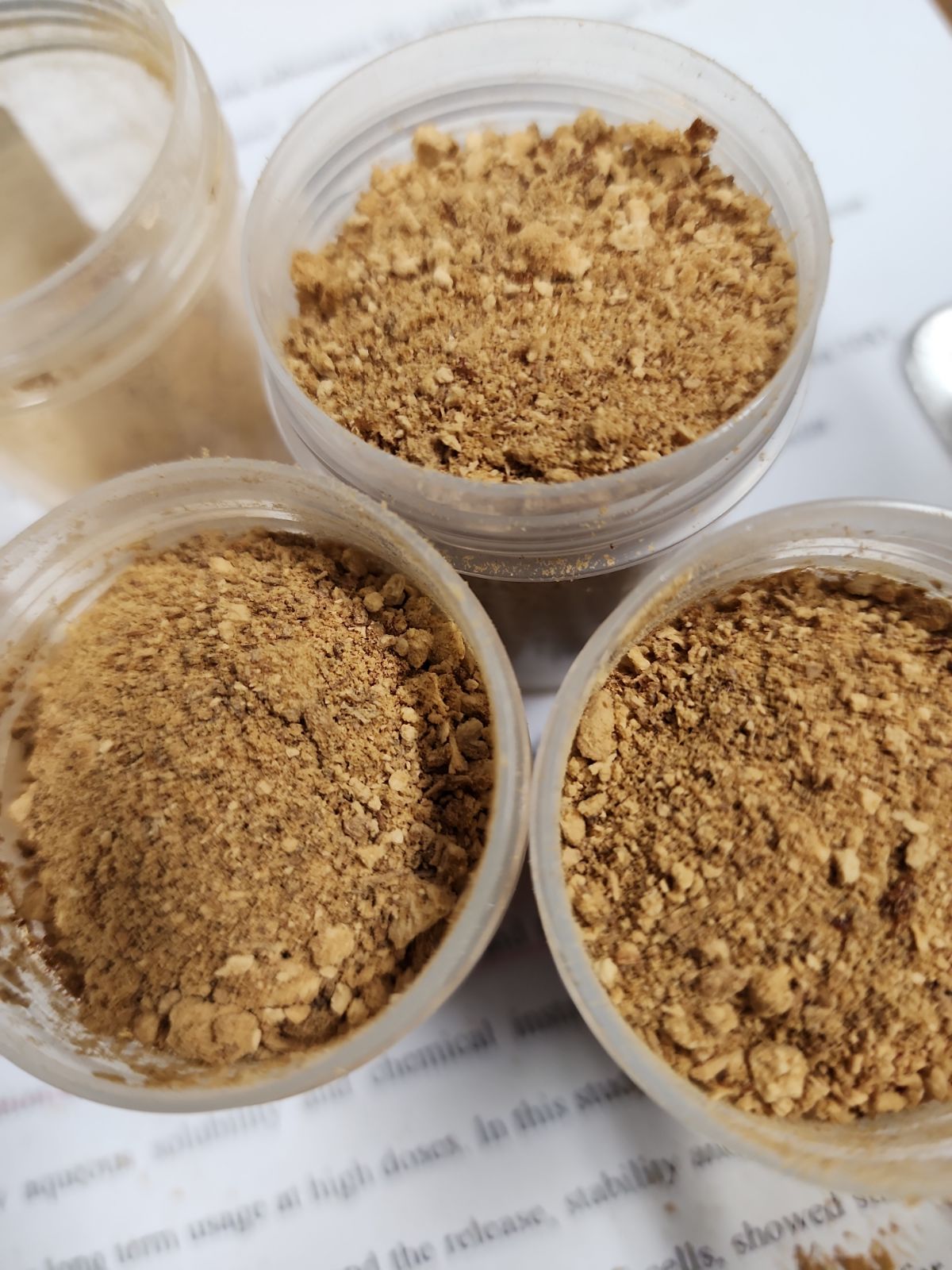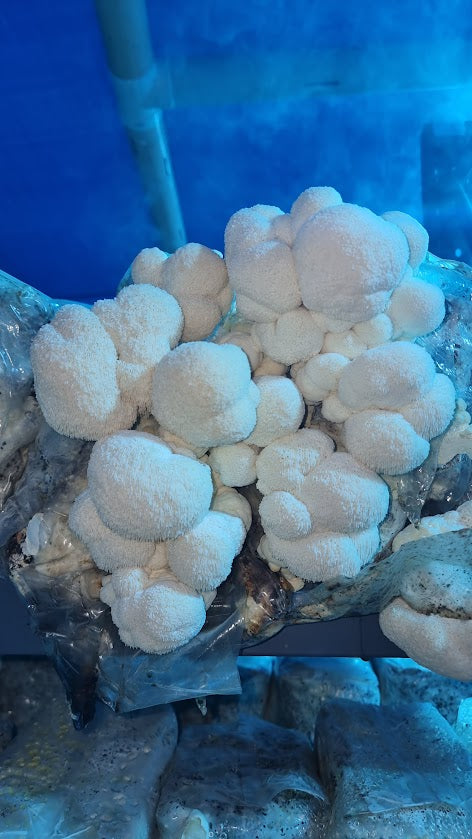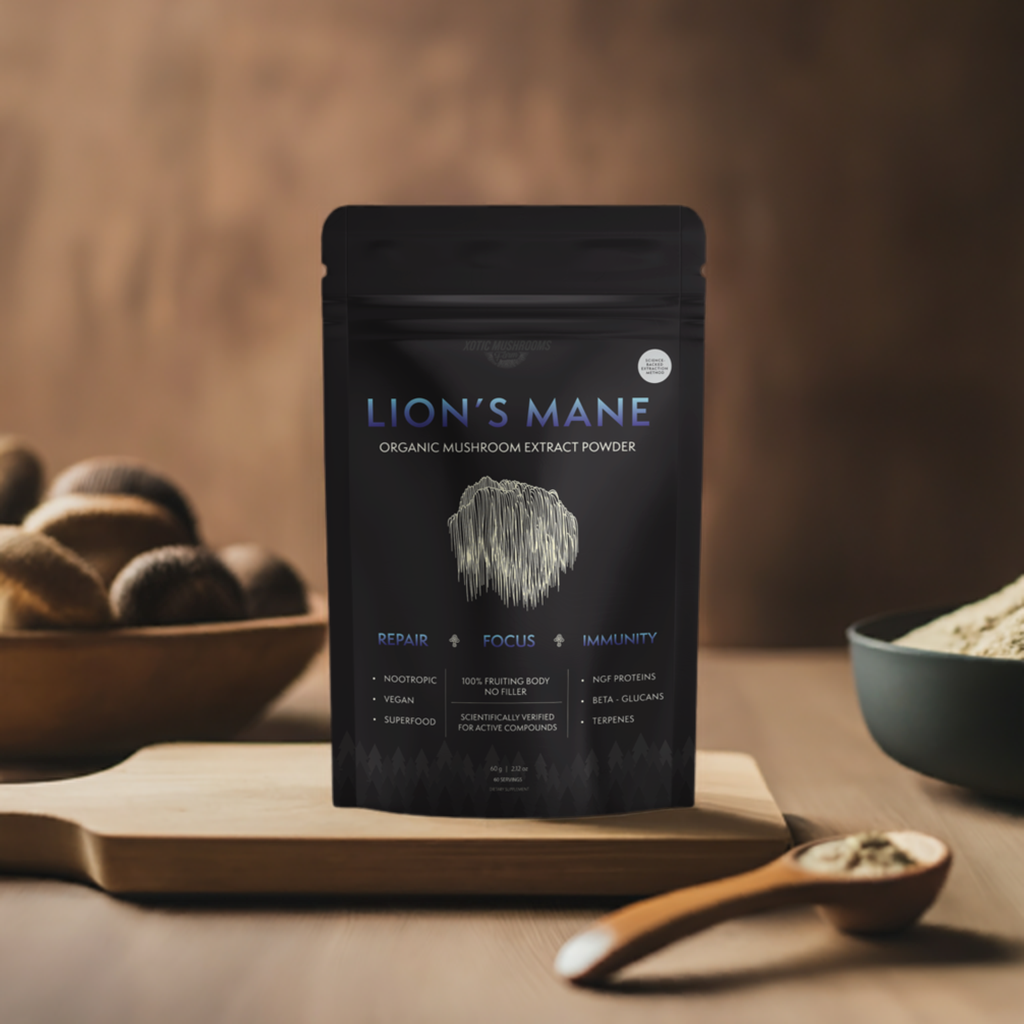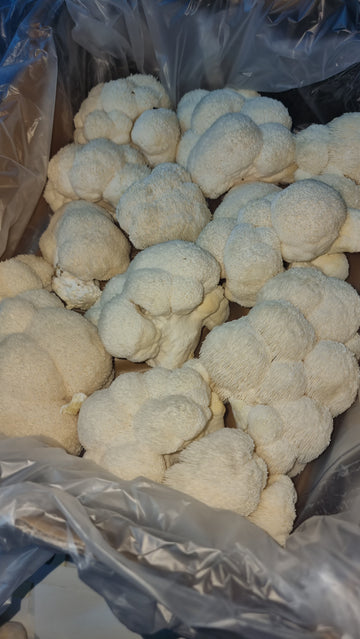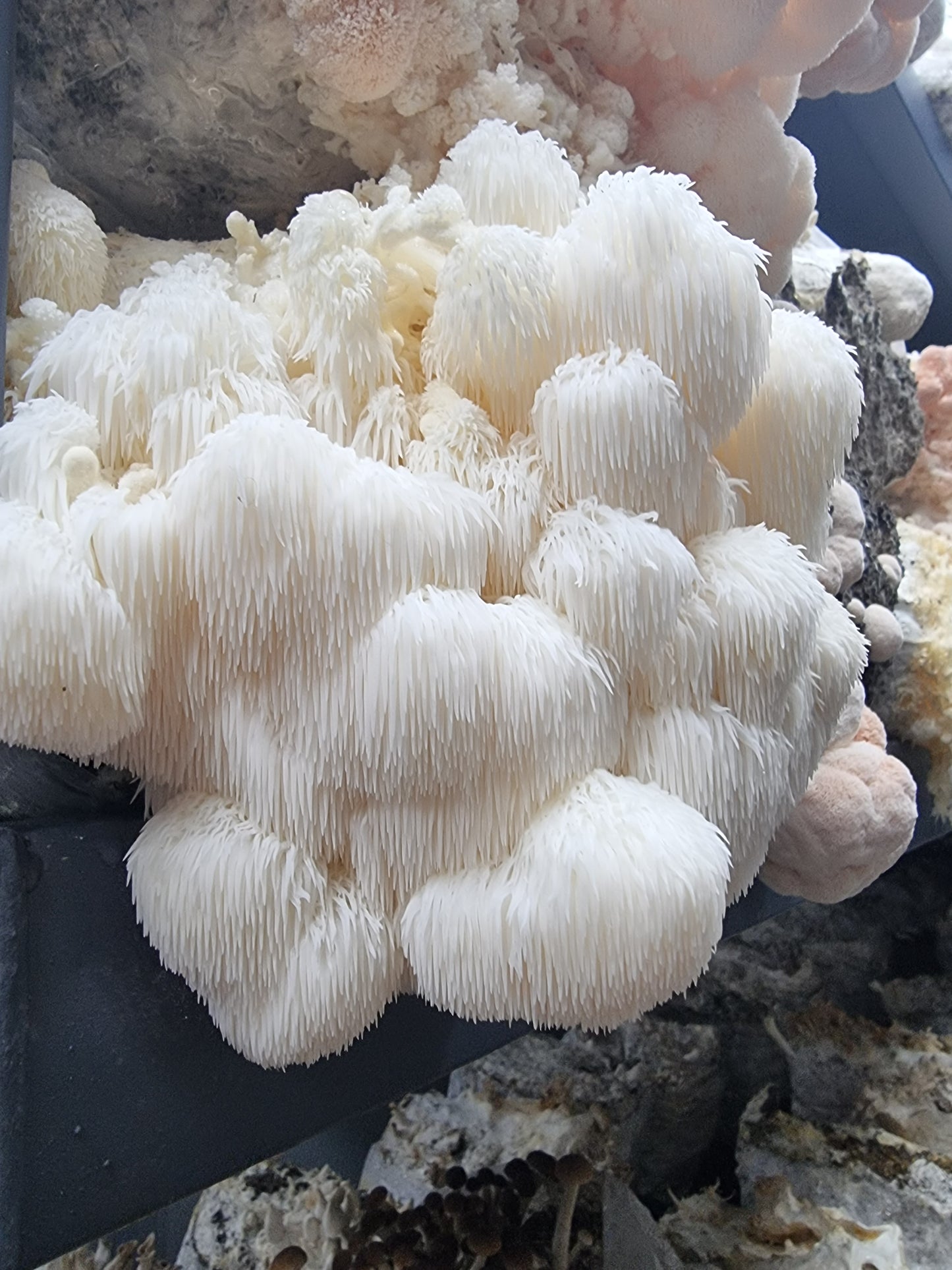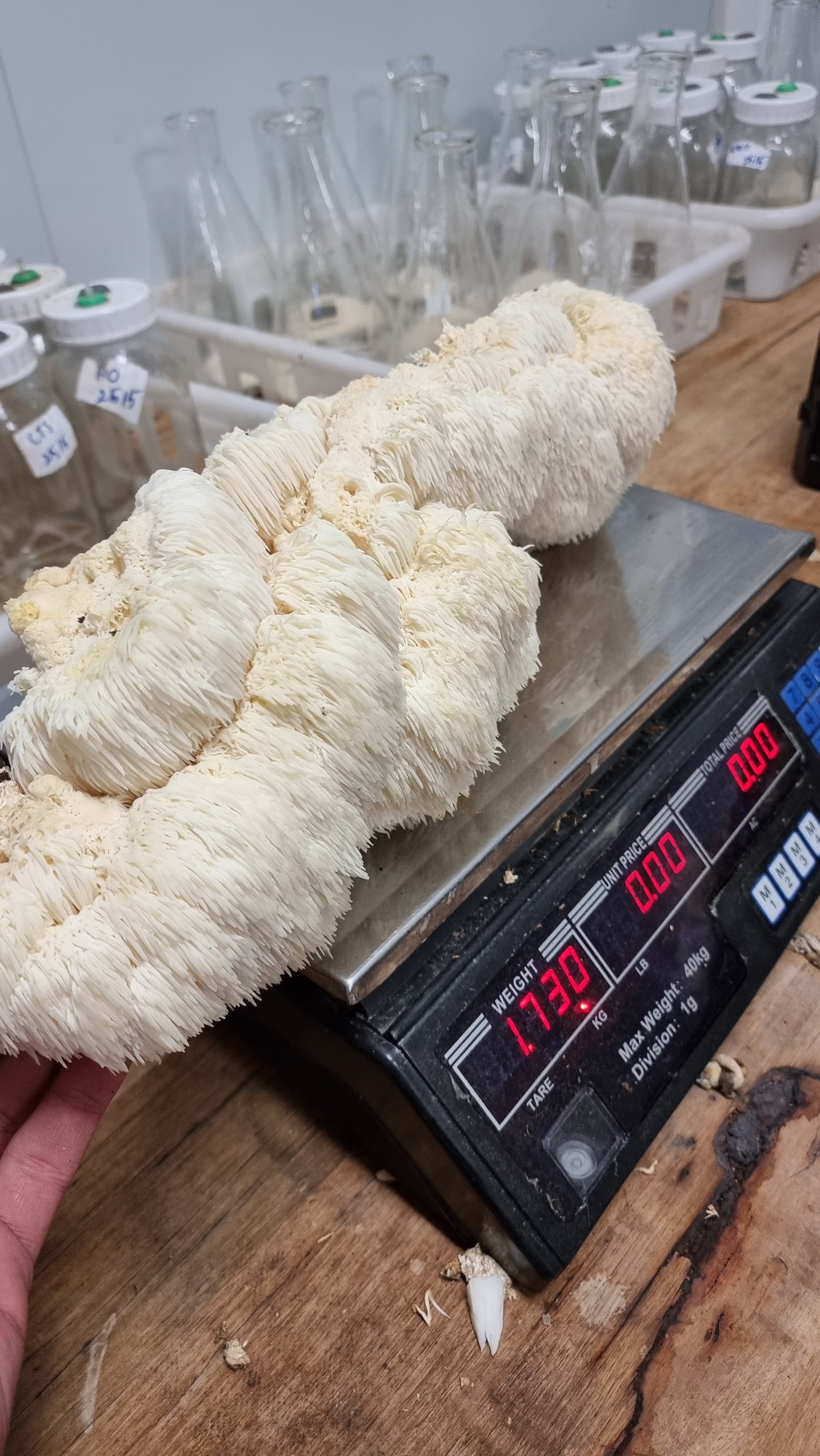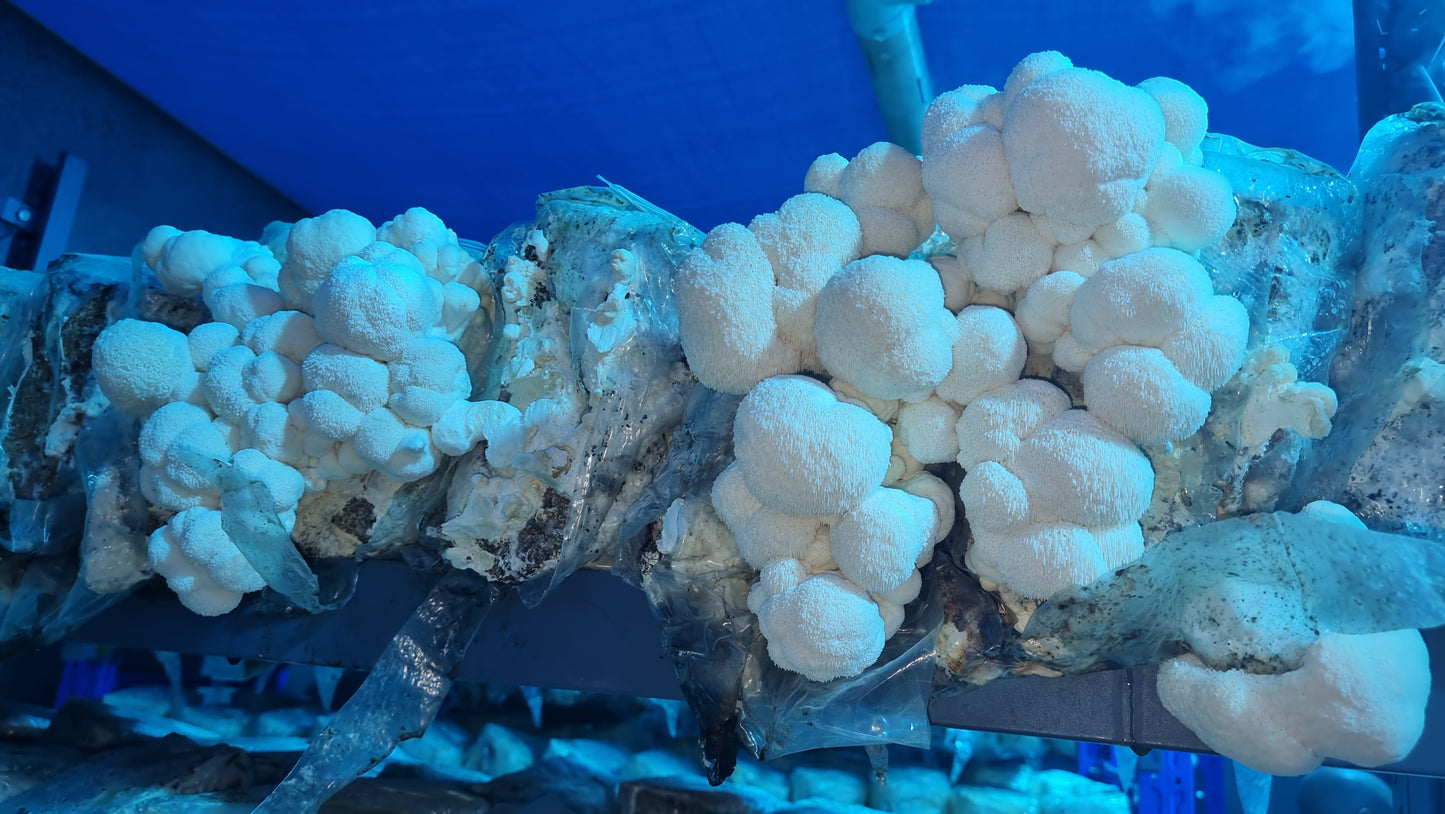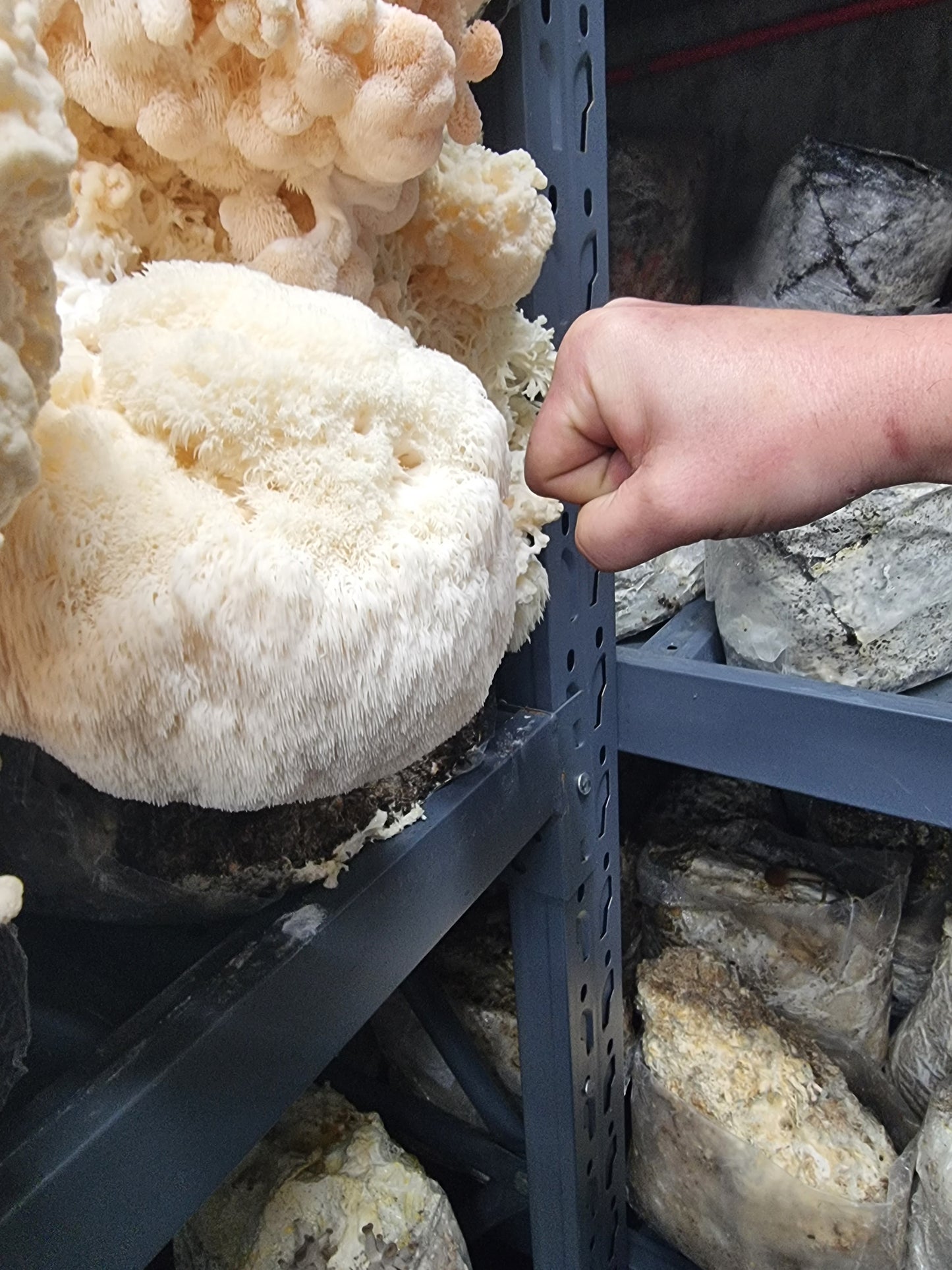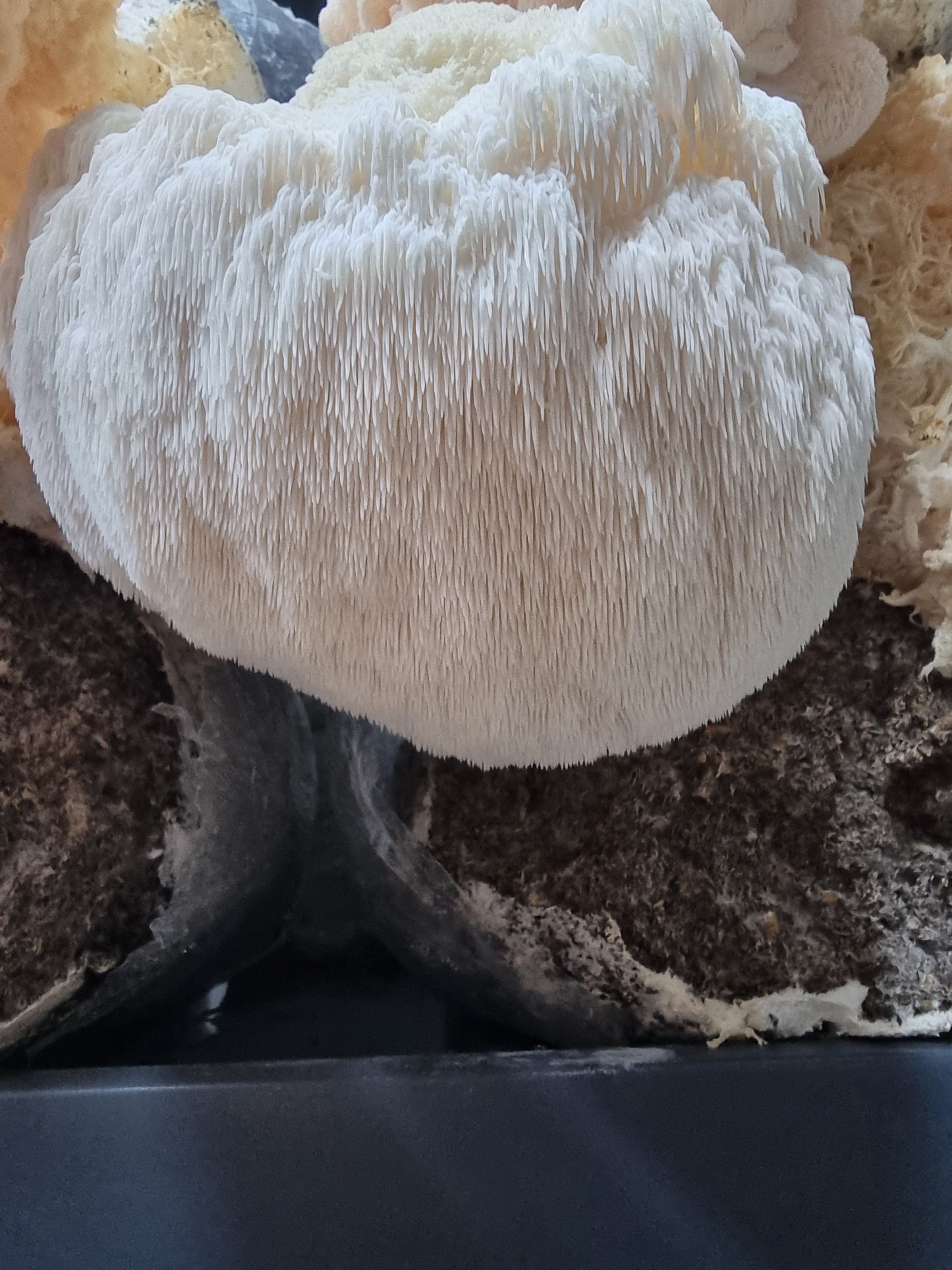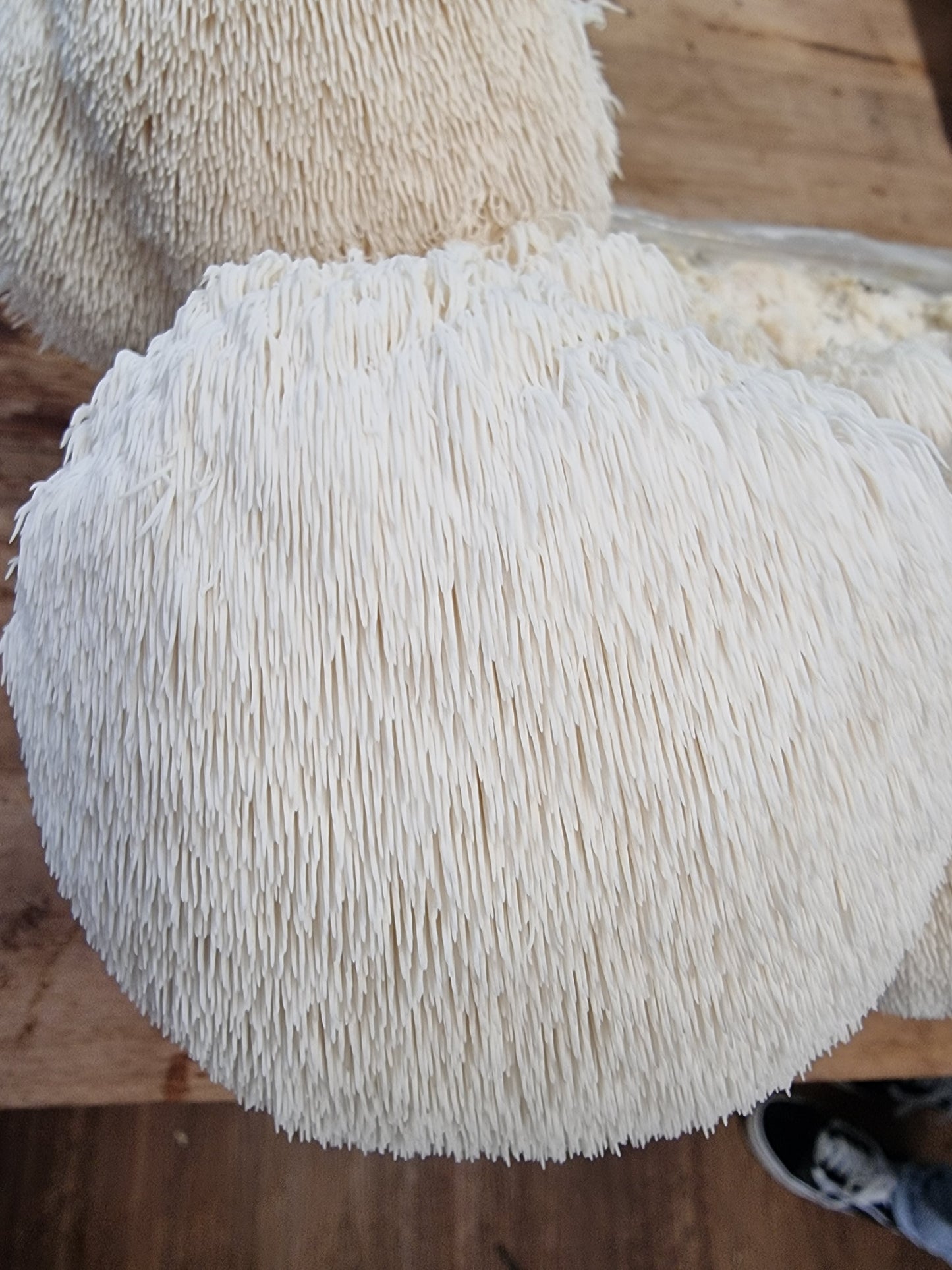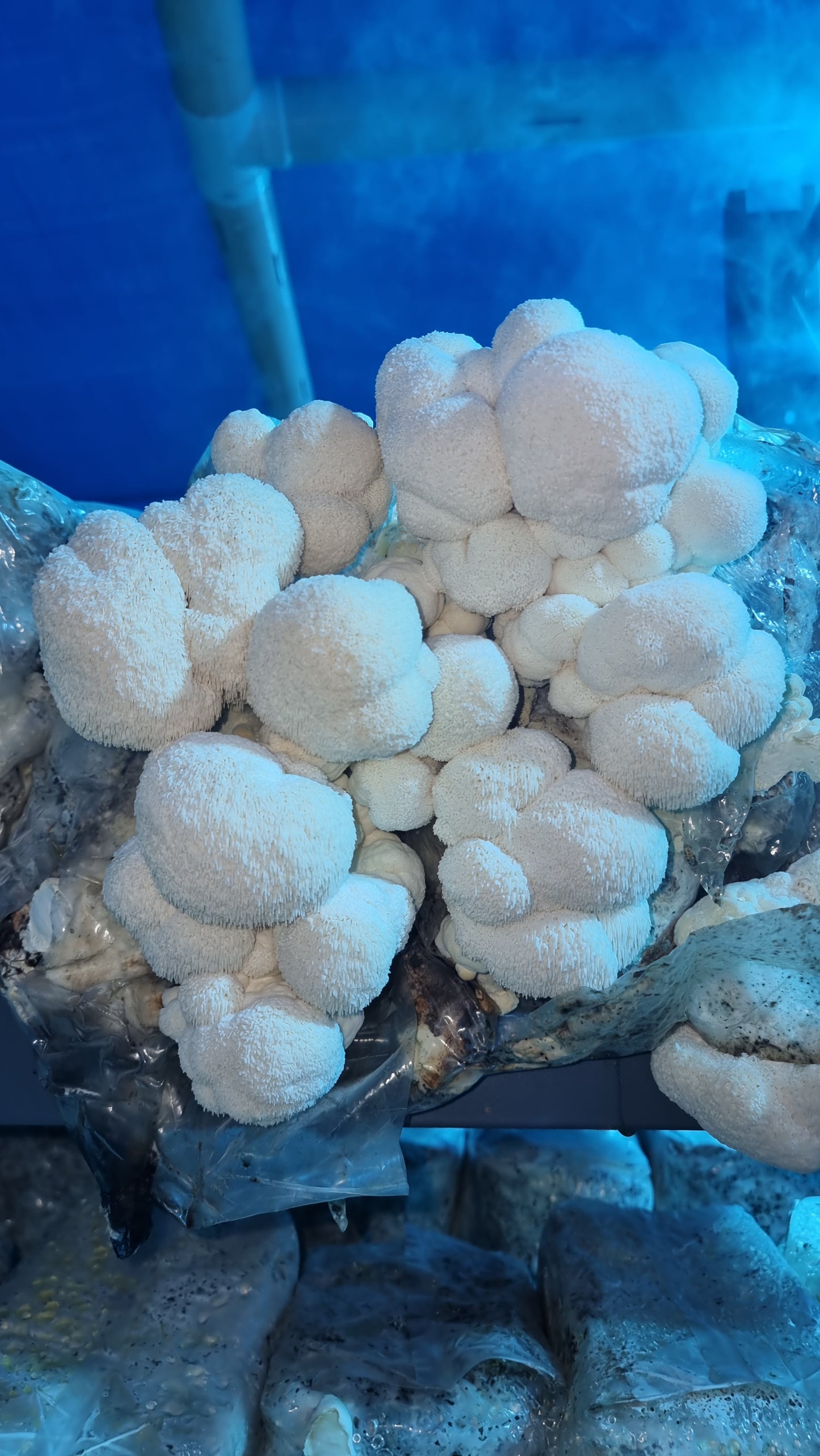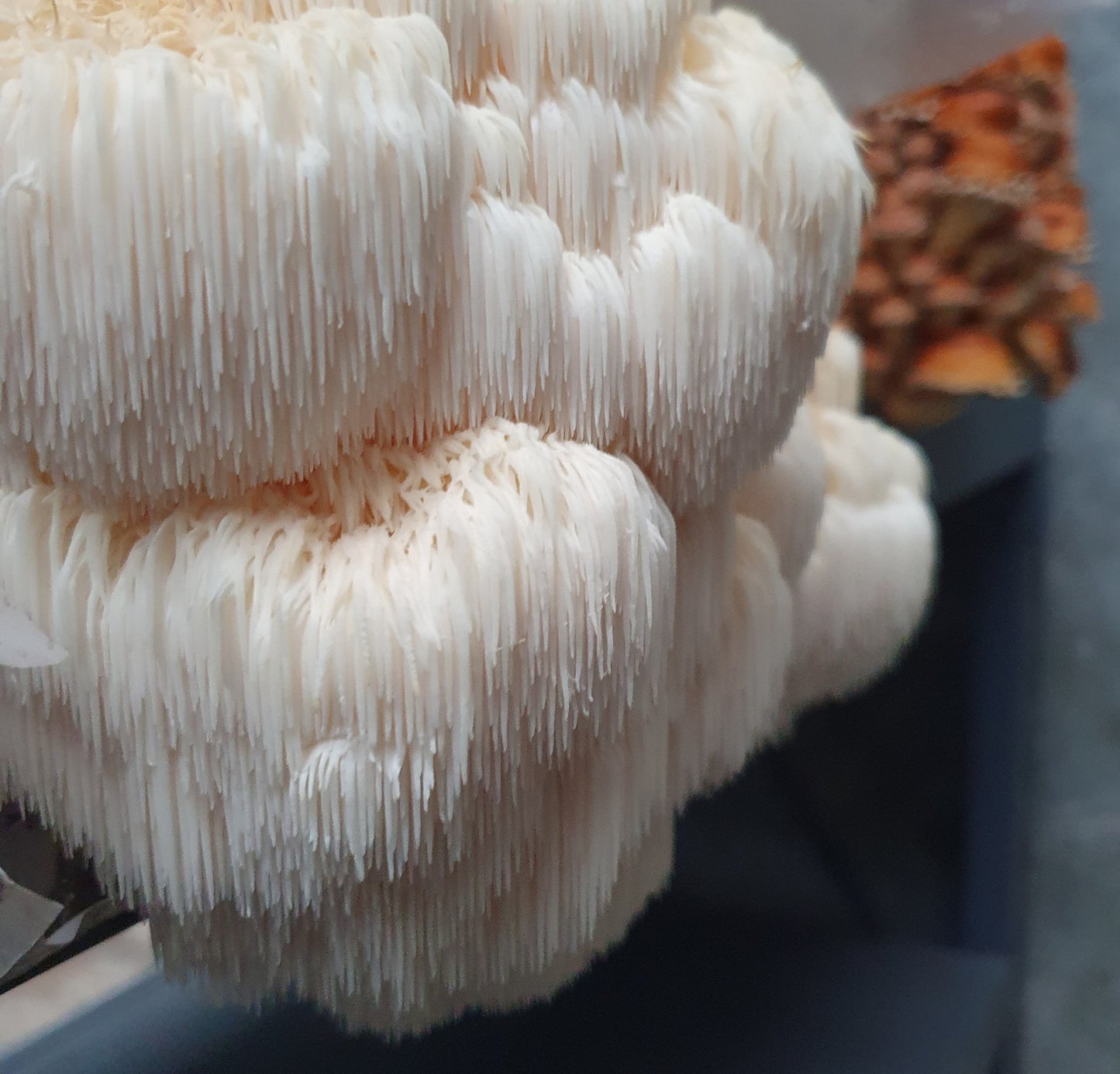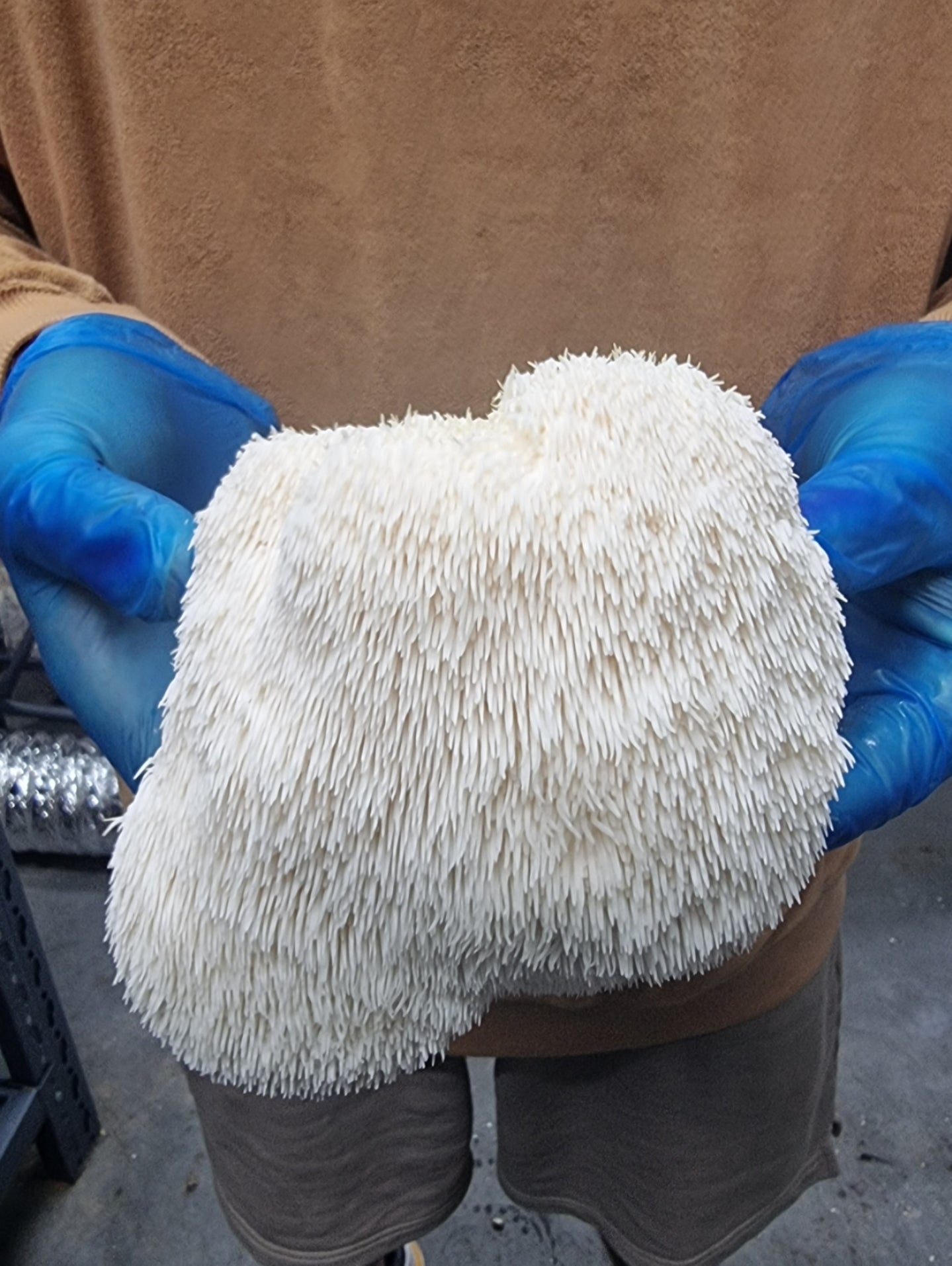Fresh mushrooms are staples in many dishes with their delicate textures and earthy flavours. But what happens when those fresh fungi are transformed into their dried counterparts?
Is it just about convenience, or does the change unlock new culinary possibilities? Whether you’re a foodie or a curious cook, understanding the difference between fresh and dried mushrooms can elevate your cooking game.
In this article, we’ll delve into their textures, flavours, uses, and storage tips, helping you decide when to go fresh and embrace the dried variety. Let’s explore this fungal transformation!
What Are Fresh Mushrooms?

Fresh mushrooms are fungi that are harvested and sold in their natural state without undergoing any drying or preservation process. They have a high water content, a tender texture, and a mild, earthy flavour. Common types of fresh mushrooms include button mushrooms, cremini, shiitake, and portobello.
What Are Dried Mushrooms?

Dried mushrooms are fresh and dehydrated mushrooms to remove most of their moisture. This process concentrates their flavour, making them more intense and earthy than fresh mushrooms. Varieties like porcini, shiitake, and morel are often dried to enhance their flavour and extend their shelf life.
Key Differences Between Fresh and Dried Mushrooms
Fresh mushrooms bring tenderness and mild flavours, while dried mushrooms pack an intense taste and a long shelf life. Explore the key differences to elevate your dishes with ease and flavour!
1. Moisture Content
Fresh mushrooms comprise approximately 90% water, giving them a juicy, tender quality ideal for dishes requiring a light, delicate touch. Their high moisture content also contributes to their perishability, as they can spoil quickly if not stored properly.
On the other hand, dried mushrooms undergo a dehydration process that removes most of their water, resulting in a lightweight, brittle texture. This lack of moisture extends their shelf life, intensifies their flavour, and makes them highly portable and convenient for long-term storage.
2. Texture

Fresh mushrooms are soft and tender, providing a delicate bite that works wonderfully in quick-cooking methods like stir-frying, grilling, or tossing into fresh salads. Their texture is pleasingly light and succulent.
Even after rehydration, dried mushrooms retain a firmer, chewier texture, making them better suited for recipes requiring prolonged cooking, such as braises, slow-cooked stews, or casseroles.
This firmness allows dried mushrooms to hold their shape and provide a heartier bite, enhancing the dishes' overall texture.
3. Shelf Life
Fresh mushrooms have a relatively short shelf life due to their high water content. Depending on the variety and storage conditions, they typically last only 3–7 days when stored in the refrigerator.
Dried mushrooms, in contrast, are exceptionally durable and can last from several months to years when stored in an airtight container in a cool, dark, and dry place.
This makes them a valuable pantry staple, especially for those who use mushrooms infrequently or require them for occasional speciality dishes.
4. Flavour

Fresh mushrooms deliver a mild, earthy flavour that complements subtle dishes such as omelettes, pasta, or fresh salads. Their gentle taste allows them to blend seamlessly with other ingredients without overpowering them.
In contrast, due to dehydration, dried mushrooms have a much more pronounced and concentrated flavour profile. They are rich, umami-packed, and often slightly smoky, making them a perfect choice for enhancing soups, sauces, risottos, and stews.
The soaking liquid from rehydrating is a bonus to get the best out of dried mushrooms and provide a robust broth for your recipes.
5. Preparation
Fresh mushrooms require minimal preparation. A quick rinse or gentle wipe with a damp cloth is usually enough to clean them, followed by slicing or chopping as needed for the recipe. They are immediately ready to cook, making them convenient for last-minute meals.
Dried mushrooms require a bit more effort. They need to be rehydrated in warm water, which takes about 20–30 minutes. However, this extra step is often worth it, as the soaking liquid becomes a flavorful broth that can be incorporated into the dish, adding another layer of depth.
6. Storage
Fresh mushrooms need refrigeration to maintain their freshness and quality. They should be stored in a breathable container, such as a paper bag, to prevent moisture buildup that can lead to spoilage.
Conversely, dried mushrooms are shelf-stable and do not require refrigeration. They should be kept in an airtight container in a cool, dry, and dark place to preserve their quality.
This makes dried mushrooms particularly convenient for those with limited refrigerator space or for use in emergency preparedness kits and camping supplies.
Pros and Cons of Fresh and Dried Mushrooms

Fresh mushrooms offer convenience and delicate flavours, while dried mushrooms provide bold tastes and long-lasting versatility. Whether you’re crafting a light dish or a hearty stew, understanding their unique pros and cons can elevate your cooking game. Dive into the world of mushrooms and unlock their full culinary potential!
Fresh Mushrooms
|
Pros |
Cons |
|
Convenient to use immediately. |
Short shelf life. |
|
A softer texture is ideal for fresh salads or stir-fries. |
The mild flavour may only stand out in some dishes. |
|
Available in many familiar varieties. |
It can be more expensive depending on variety and season. |
|
Easy to clean and prepare. |
Dried Mushrooms
|
Pros |
Cons |
|
Long shelf life, reducing food waste. |
Requires soaking or rehydration before use. |
|
Intense flavour enhances soups, sauces, and stews. |
A firmer texture may not be ideal for all recipes. |
|
Often available in exotic or seasonal varieties year-round. |
It may be more expensive than fresh mushrooms per unit weight. |
|
Lightweight and easy to store. |
When to Choose Fresh or Dried Mushrooms

Choosing the correct type of mushroom can make all the difference! Learn how fresh mushrooms add delicate texture to your meals, while dried mushrooms bring bold, concentrated flavours to hearty dishes. Find out which suits your recipe best.
When to Choose Fresh Mushrooms
- Opt for fresh mushrooms when the texture is key to your dish. Their soft and tender quality shines in recipes like fresh salads, stir-fries, or as a topping for pizzas.
- Use them when you need quick, no-prep ingredients; they are ready to cook without rehydration.
When to Choose Dried Mushrooms
- Choose dried mushrooms when you want bold, concentrated flavours to enrich soups, broths, sauces, or risottos.
- They are ideal for long-cooking recipes where their firm texture and intense taste can enhance the dish.
- Consider dried mushrooms when exotic or seasonal varieties aren’t available fresh, as they are often sold year-round.
Tips for Storing and Preserving Mushrooms

Whether storing fresh mushrooms for a few days or preserving dried ones for months, proper storage is key to maintaining their flavour, texture, and nutritional value. Here’s how to keep your mushrooms in top condition, no matter the variety
Storage Tips for Fresh Mushrooms
- Avoid plastic bags: Store fresh mushrooms in a paper bag or wrap them in a paper towel to absorb moisture and allow air circulation.
- Keep in the fridge: Store in the vegetable drawer of your fridge, where the temperature remains stable and cool.
- Don’t wash before storage: Clean mushrooms just before use to prevent excess moisture that can lead to spoilage.
- Check regularly: Inspect for signs of spoilage, like wilting or sliminess, and discard any affected mushrooms.
Storage Tips for Dried Mushrooms
- Airtight containers: Store dried mushrooms in airtight containers to protect them from moisture and preserve flavour.
- Cool, dry place: Keep them in a cool, dry location like a pantry or cupboard, away from direct sunlight or heat.
- Use desiccant packets: Consider adding desiccant packets or vacuum-sealing dried mushrooms for extra moisture protection in humid climates.
- Freezing for long-term storage: For extended storage, freeze-dried mushrooms to keep them fresh for months or even years without compromising quality.
Conclusion
Ready to elevate your cooking with the perfect choice of mushrooms? Whether you prefer the delicate texture of fresh mushrooms or the bold flavours of dried mushrooms, knowing how to use and store them makes all the difference.
Incorporate mushrooms into your favourite dishes, experiment with new recipes, and share your culinary creations. Start exploring the versatility of mushrooms today, and let their unique qualities transform your meals into something extraordinary. Take your recipes to the next level—start now!
